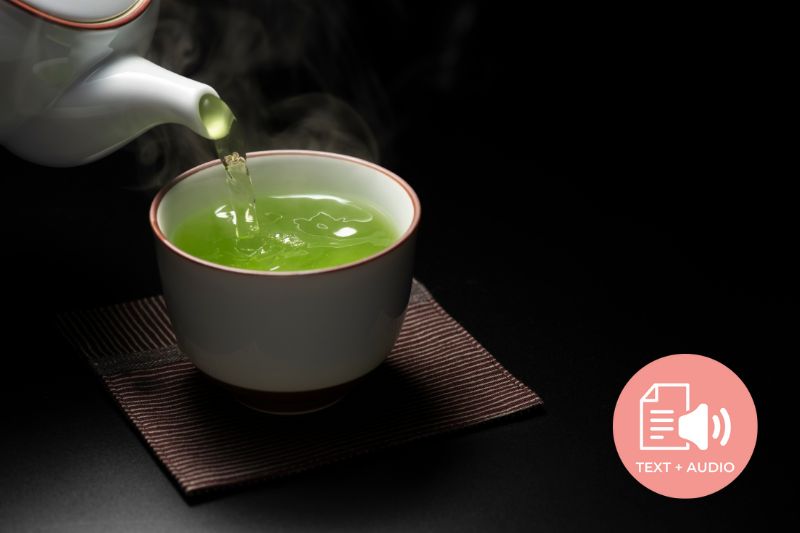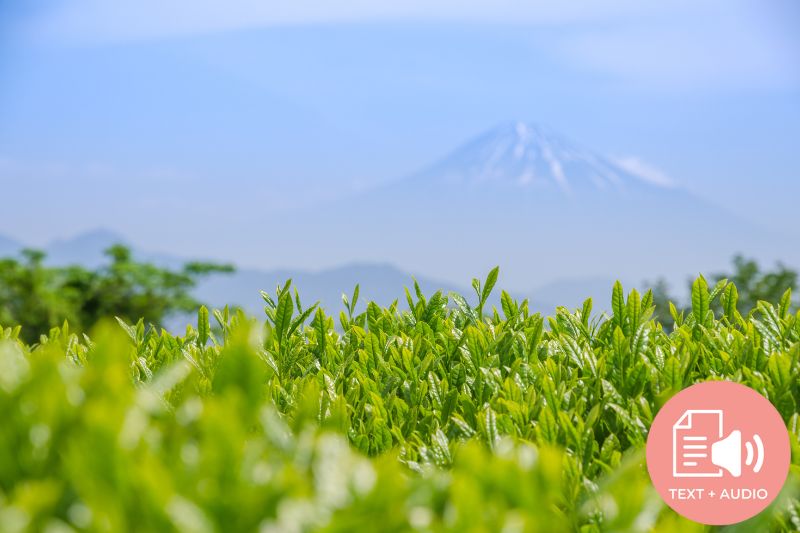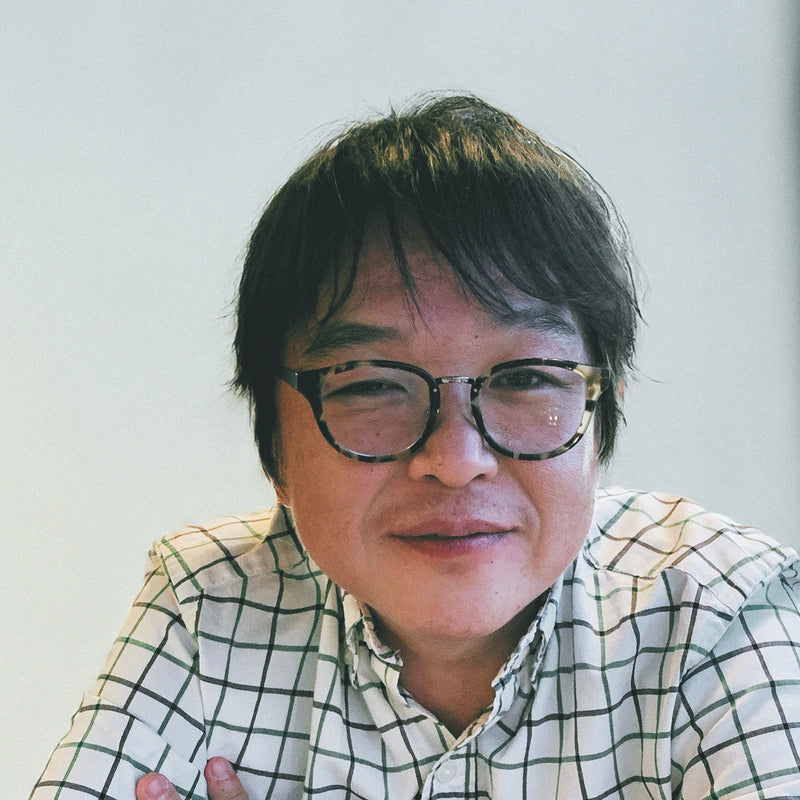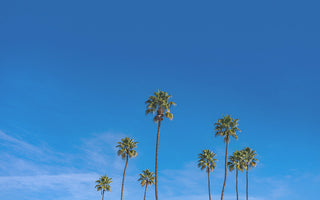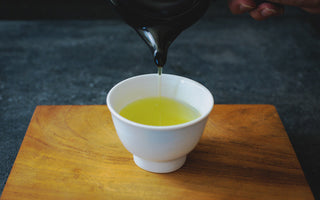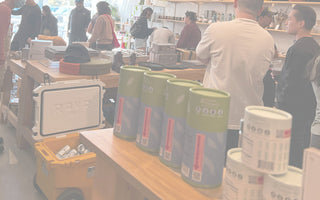There is clearly more to green tea than meets the eye. It is as diverse as most marketable crops are. While all tea plants belong to the same Camellia sinensis family, they still manifest differences in shape, color, taste, aroma, etc. That's because they come from different cultivars.
What is a cultivar?
In Japan, time came when the tea supply could no longer meet its demand. It even started importing tea from Taiwan due to the high demand, while laborers were in short supply due to their migration to neighboring countries. While it's pretty easy to get an idea of what it means from the word itself, it's better to know what it actually is. It is often defined as a plant variety produced during cultivation through selective breeding. It is basically a plant that was purposefully bred for specific traits. It does not produce true-to-seed; however, it can be reproduced through methods such as tissue culture and grafting. Seed production is possible, but under meticulous control.
Click here for my other blog post entirely about what a cultivar is.

What is the most common green tea cultivar?
Green tea mainly comes from China and Japan. Although Japan is more commonly associated with green tea, China is actually the biggest producer. Its most popular green tea is Longjing, or Dragon Well, and it comes from the Longjin No. 43 cultivar.
Meanwhile, in Japan, the most common green tea is sencha, and the cultivar mainly responsible for producing it is the Yabukita. It comprises about 85 percent of the country's entire tea production. Farmers favor it for large-scale production because of its high yield, frost resistance, and ability to thrive in various locations.

How did Yabukita originate?
The word "Yabukita" is a combination of two Japanese words: "Yabu"(藪) (bamboo grove) and Kita (北) (north). The name was coined because, in 1908, tea breeder Sugiyama Hikosaburo, who came from a family of doctors but opted to be a farmer instead, took tea samples from seedlings of native Shizuoka species. Sugiyama planted two variations of his samples in an area originally for bamboo shoots, hence the term "Yabu" in its name. These two samples are the Yabukita, since the samples came from the north, and the Yabuminami(藪南) with "minami" meaning south, a similar cultivar that came from the southern side of the bamboo grove, to know which cultivar would perform better.
This experimentation was done to figure out which plant varieties work best, survive longer, and manifest better characteristics. Yabuminami was discarded when it was determined to be inferior to Yabukita.
A couple of years after registration, in 1927, Yabukita was tested by the Agricultural and Forestry Research Institute in Shizuoka Prefecture. In 1945, it was recommended to be cultivated and produced in the prefecture due to its most successful yield and high resilience.

Even though it had been around for decades, Yabukita wasn't registered as a tea cultivar until after the death of Sugiyama, somewhere between 1953 and 1957. However, it bore the registration identification of No. 6. A couple of years before its registration, it was tested and bred by the industrial tea laboratory in Shizuoka.
Shortly after that, the same recommendation was given throughout Japan. By the 1960s, farmers began to leave conventional tea cultivation and pick up the new cultivar. Yabukita's popularity shot up in the '70s, and by the '90s, it was being used by more than 93 percent of Japan's tea farms. Currently, it has covered almost 2/3 of all tea fields throughout Japan, about 90% of the tea fields in Shizuoka alone, and about 40% of the tea harvest in Kagoshima.
What is Yabukita's profile?
Yabukita is a green tea cultivar originally crossed in Abe, Shizuoka, with its parents being seedlings of native Shizuoka species. It is harvested in the spring, between April and mid-May.
Most probably because of Yabukita’s resilience to all types of factors for cultivation, it has become one of the most prominent tea cultivars in Japan, which has a wide variety of climates and land slopes all over the nation. With the long number of years for farmers to take time to cultivate, this has been the long-time favorite among all cultivars as it can continuously be harvested without worrying about any kind of climate, be it blazing hot or sizzling cold that leads to frost damage. Considering the high propagation of Yabukita and the quality that it could produce, it is no wonder that farmers and manufacturers would favor this cultivar to produce high-profit tea leaves.
The plant grows upright, with its branches reaching skyward. It is of medium vigor, but its yield is high. While it can withstand the cold, it is susceptible to some fungi, including diseases like anthracnose and gray blight. However, it could be cultivated on whatever kind of land or soil and in whatever climate. It has bright green leaves that are also very aromatic and tasty; they are usually covered for seven days before harvesting to produce that distinct umami flavor.
It is imperative to harvest Yabukita at the right time since its quality deteriorates when leaves are picked past the harvest season. This can be harvested only for a short time during the spring. Thus, the farmers must pick up the leaves at the right time to make the most of the highest qualities of the Yabukita. Farmers and manufacturers also have to make sure that there are enough pickers to harvest; therefore, without such, farmers and manufacturers may tend to breed new cultivars or older varieties.
Final Thoughts
Since it is high-yielding, cold- and drought-resistant, as well as compatible with a range of climates and soils, Yabukita is deemed the most practical and profitable Japanese green tea cultivar.
To prove its resistance, the very first tree of the Yabukita cultivar has been transferred from its original place in Shizuoka to the Shizuoka Prefectural Art Museum to be declared a prefectural natural museum, and even up to now, it has continued to bear leaves.
So it's understandable why Japanese tea farmers choose to plant it. Considering Yabukita's popularity, there is a good chance that the next cup of sencha you enjoy has tea leaves from this cultivar.
Other than Sencha, there are other types of green tea that use Yabukita as their cultivar. Matcha is a green tea that uses this kind of tea bush. To learn more about the difference between these two types of green tea, you may check out this link.
Get Free Bonus Books

Sign up for free to the Green Tea Club to get advice and exclusive articles about how to choose Japanese Tea, and tips, tricks, and recipes for enjoying Japanese tea.
About the author
Kei Nishida
Author, CEO Dream of Japan
Certification: PMP, BS in Computer Science
Education: Western Washington University
Kei Nishida is a passionate Japanese green tea connoisseur, writer, and the founder and CEO of Japanese Green Tea Co., a Dream of Japan Company.
Driven by a deep desire to share the rich flavors of his homeland, he established the only company that sources premium tea grown in nutrient-rich sugarcane soil—earning multiple Global Tea Champion awards.
Expanding his mission of introducing Japan’s finest to the world, Kei pioneered the launch of the first-ever Sumiyaki charcoal-roasted coffee through Japanese Coffee Co. He also brought the artistry of traditional Japanese craftsmanship to the global market by making katana-style handmade knives—crafted by a renowned katana maker—available outside Japan for the first time through Japanese Knife Co.
Kei’s journey continues as he uncovers and shares Japan’s hidden treasures with the world.
Learn more about Kei

